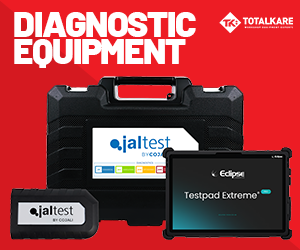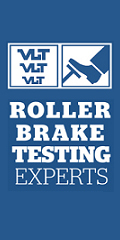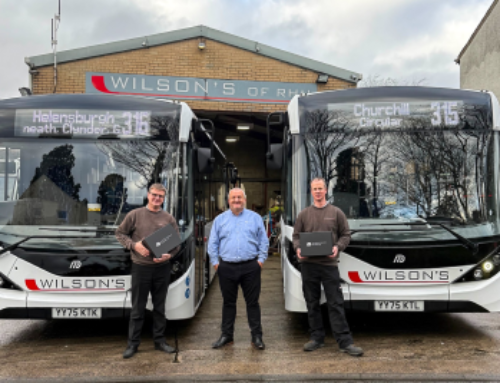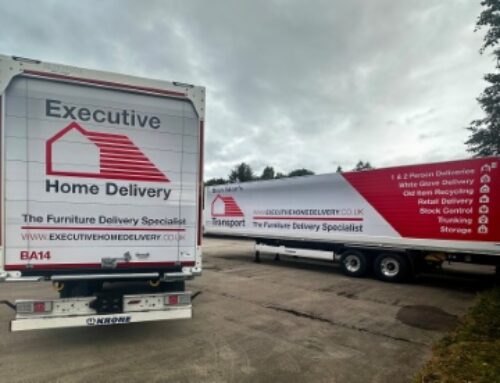Totalkare research underlines need for seasonal ‘blue light’ fleet maintenance
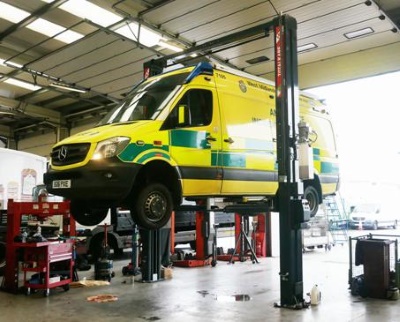 New research conducted by Totalkare – which specialises in equipment for heavy duty and light commercial vehicle workshops – has provided insight into the UK’s historic emergency service operations during autumn and winter, while also exploring specific seasonal risks for the coming months.
New research conducted by Totalkare – which specialises in equipment for heavy duty and light commercial vehicle workshops – has provided insight into the UK’s historic emergency service operations during autumn and winter, while also exploring specific seasonal risks for the coming months.
“Whilst each season carries hidden risks, some unique hazards present themselves during the autumn and winter months – including health risks, fire hazards, and police matters,” said Adam Bowser, marketing director at Totalkare.
“Plus, seasonal events – such as Halloween, Bonfire Night, Christmas, and New Year – also come with their own unique risks. With this in mind, we looked into emergency service callouts between October and December last year to get an idea of the scale of the issue.”
Data from Association of Ambulance Chief Executives showed that there were more than a quarter of a million category 1 (life-threatening emergencies) incidents between October and December 2024, with the figures climbing on the previous each month. Meanwhile a freedom of information (FOI) request to NHS England revealed that more than two and a half million 999 calls were answered during October-December last year – equating to roughly 29,000 per day – with an average call answer time of 7 seconds.
Bowser added: “As urgent and emergency care (UEC) services perform a critical role in keeping the population healthy, ensuring consistent vehicular availability in emergency service fleets can mean the difference between life and death, ensuring critical response teams are ready to act without delay when every second counts.”
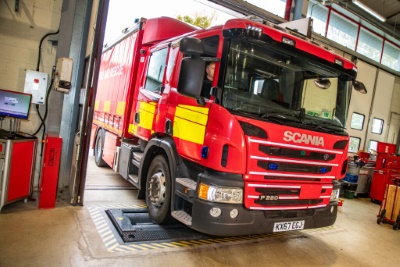 Wider research found that fire and rescue services (FRSs) in England attended 603,942 incidents in the year ending March 2025; of these incidents, fires accounted for 24 per cent, which was an increase of 2.5 per cent compared with the previous year. More than 43 per cent of the fires recorded were ‘primary fires’, which are high-risk incidents involving property, casualties, or large numbers of fire appliances.
Wider research found that fire and rescue services (FRSs) in England attended 603,942 incidents in the year ending March 2025; of these incidents, fires accounted for 24 per cent, which was an increase of 2.5 per cent compared with the previous year. More than 43 per cent of the fires recorded were ‘primary fires’, which are high-risk incidents involving property, casualties, or large numbers of fire appliances.
Said Bowser: “With much of the essential equipment and apparatus being vehicle-based on fire engines, having access to operational emergency vehicles is of utmost importance…
“Without this, fire services are unable to fulfil their core mission during critical incidents – to protect lives, property, and the environment – and a lack of available vehicles can lead to gaps in coverage and slower response times.”
Turning to the police, there were almost three million 999 calls between October and December in 2024 across the 44 police forces in the UK, equating to roughly 32,000 per day.
Bowser added: “The police service works closely with fire, ambulance, and social services in crisis situations, and are often first on the scene in cases where emergency response is required (such as accidents, violent incidents, or natural disasters).
“Therefore, in order to serve and protect the public, access to an operational fleet of vehicles is essential to ensure the safety and security of all individuals and communities.”
As standard, workshops dealing with emergency service vehicles will require essential supporting equipment, such as tyre changers, support stands and trolley jacks, says Totalkare.
“But when it comes to maintaining and checking ‘blue light’ vehicles in your own workshop, some specialist workshop equipment is also required,” said the firm.
“Generally for police and ambulances, our light commercial equipment – which is expertly designed for busy vehicle workshops maintaining long wheelbase vans, minibuses and other LCVs – will do the trick. Specific products might include the two-post lift and lightweight four-post lift ranges.
“For fire services, our heavy duty vehicle lifts are more appropriate for lifting heavier goods. Our range caters to lifting loads from 12,000kg to 60,000kg.
“Specific products might include mobile column lifts, Y-Mech Lift, and even possibly a vehicle inspection pit – which makes it possible to work underneath a vehicle at the same time as above the vehicle which can increase productivity in your workshop.”
Adam Bowser added: “Emergency services are one of our core business sectors at Totalkare – from fire engines to ambulances, our lifting and brake testing equipment (as well as a host of other specialist workshop equipment) helps these vital services to maximise vehicle availability through routine service and maintenance.
“Our service is one of the most appealing aspects to a ‘blue light’ workshop – with some of our Afterkare repairs and maintenance service packages you’ll get nationwide coverage to ensure that your products, if they break down, are up and running again as quickly as possible.
“Having the expert eye of a professional engineer and regular service visits can help to prevent breakdowns and minimise your equipment repairs. But there are several everyday practices that can help avoid repairs on your vehicle lifts – for example, smooth operation, regular cleaning, and daily inspections can go a long way to keeping your lifts healthy and long-lasting.”
More information on the wider research on ‘blue light’ emergency service callouts and seasonal risks can be found at the Totalkare website.





